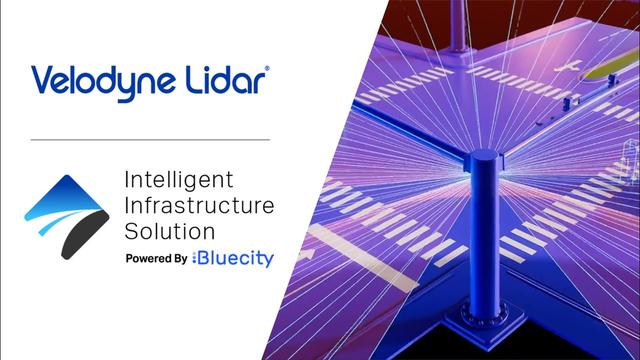Elon Musk wants traffic managment in cities to become AI-powered. While Tesla might explore the opportunity, some companies are already tackling this.
By Ray FernandezPublishedShareTweetEmailElon Musk has teased the idea of modernizing traffic management systems using AI. With self-driving taxis, autonomous EVs, and smart public transportation, mobility is without a doubt getting smarter, but what about the cities and their traffic? Traffic lights managing cities the world over have changed very little since they were first introduced in the 1920s.
LiDAR equipment mounted on traffic lights is already being used to measure traffic, map it, and make streets safer. These systems also automatically manage traffic light changes. LiDAR was developed by NASA in the 1970s to use in space. It works using the same principle as radar, but instead of using radio waves, it uses lasers to create a 3D map.
SCREENRANT VIDEO OF THE DAYRelated: Your EV Could Power Your Home During An Outage

Tesla could be the next big innovator when it comes to modernizing traffic management. Elon Musk recently tweeted that “Maybe Tesla should make an AI vision device that plugs into legacy traffic lights.” In a separate Tweet the next day, Musk agreed that traffic management is tricky, and that “Defeating traffic is the ultimate boss battle.” Companies like Velodyne are already working to make cities and traffic smarter, and Tesla might not want to be left behind.
Maybe Tesla should make an AI vision device that plugs into these legacy traffic lights. It could just look at traffic & automatically maximize throughput.
— Elon Musk (@elonmusk) March 6, 2022Smart Cities, Smart Roads, Smart Traffic
Autonomous driving technology generates a very complex understanding of its surroundings. Powered by AI, the software uses a wide range of input data obtained from traffic sites, weather, maps, other cars, surface conditions, LiDAR mapping, and cameras. Similar systems could be deployed on traffic lights and city streets to better coordinate and manage traffic. It also has useful applications to manage special events, emergencies, and long-term traffic vision insights.
The company Velodyne creates hardware-software solutions for autonomous vehicles, mapping, robotics, and smart cities. Working with the University of Nevada since 2020, it has been using LiDAR technology to transform traffic in Reno. Velodyne's LiDAR sensors count and track pedestrians, cyclists, traffic, improve analysis, automate lights, and increase safety. To a large extent, LiDAR tech preserves privacy for people on the streets, unlike cameras.
LiDAR-generated maps can also be layered to create sky-views, eye-level views, and other perspectives. LiDAR data, unlike camera data, can register distances and velocity. The latest study from the National Highway Traffic Safety Administration (NHTSA) reveals that the number of fatalities resulting from traffic accidents in 2020 is the highest since 2007. Makingtraffic smarter is not just about cutting down on the time a driver waits behind a red light, nor making highways flow in peak hours, it is also about safety and preventing unnecessary accidents with the technology that's already available.
Next: SpaceX Mars City: What We Know About SpaceX's Plans
Source: Elon Musk/Twitter 1, 2, Velodyne Lidar








